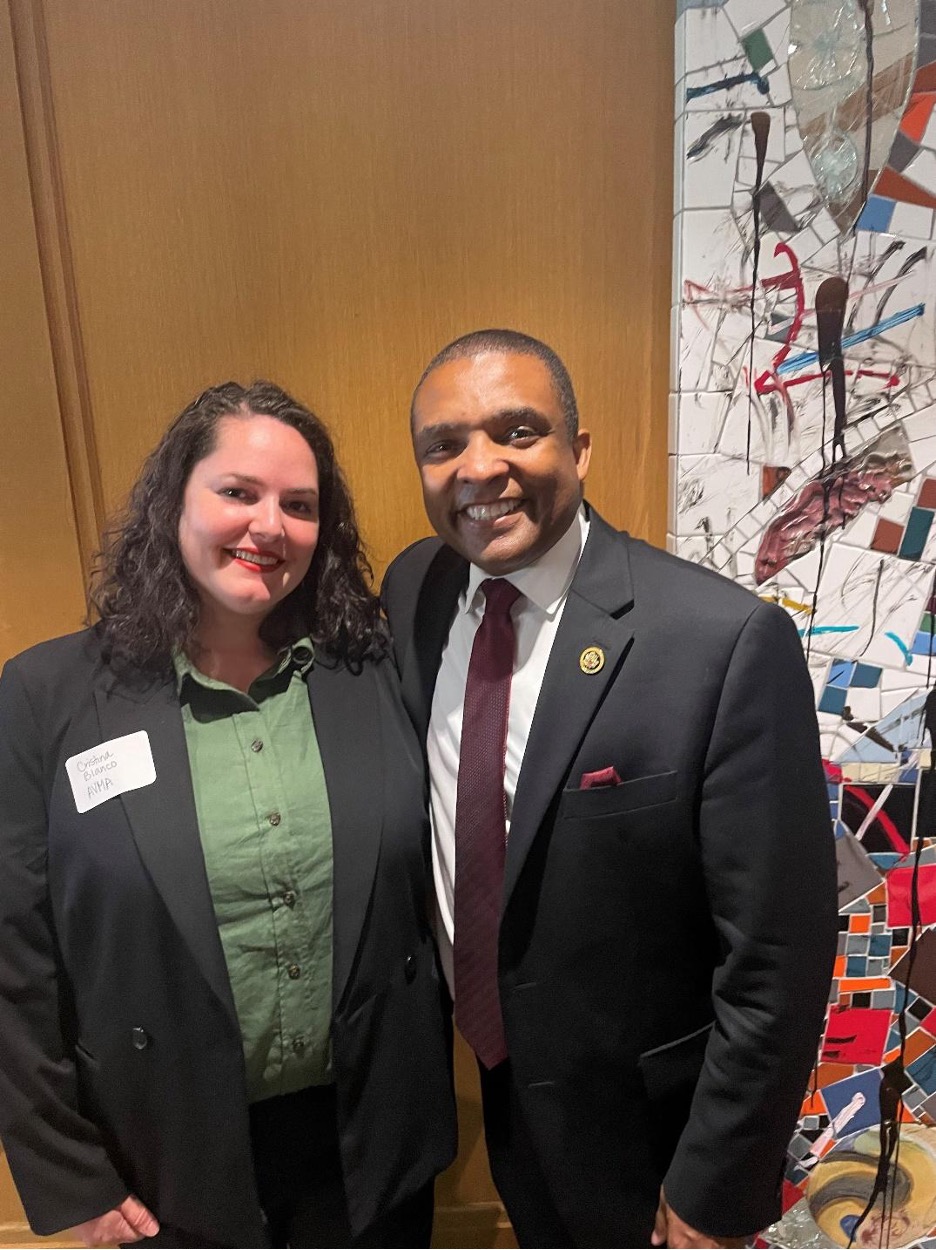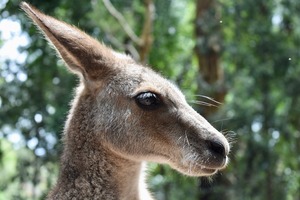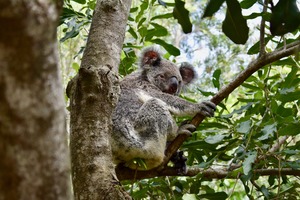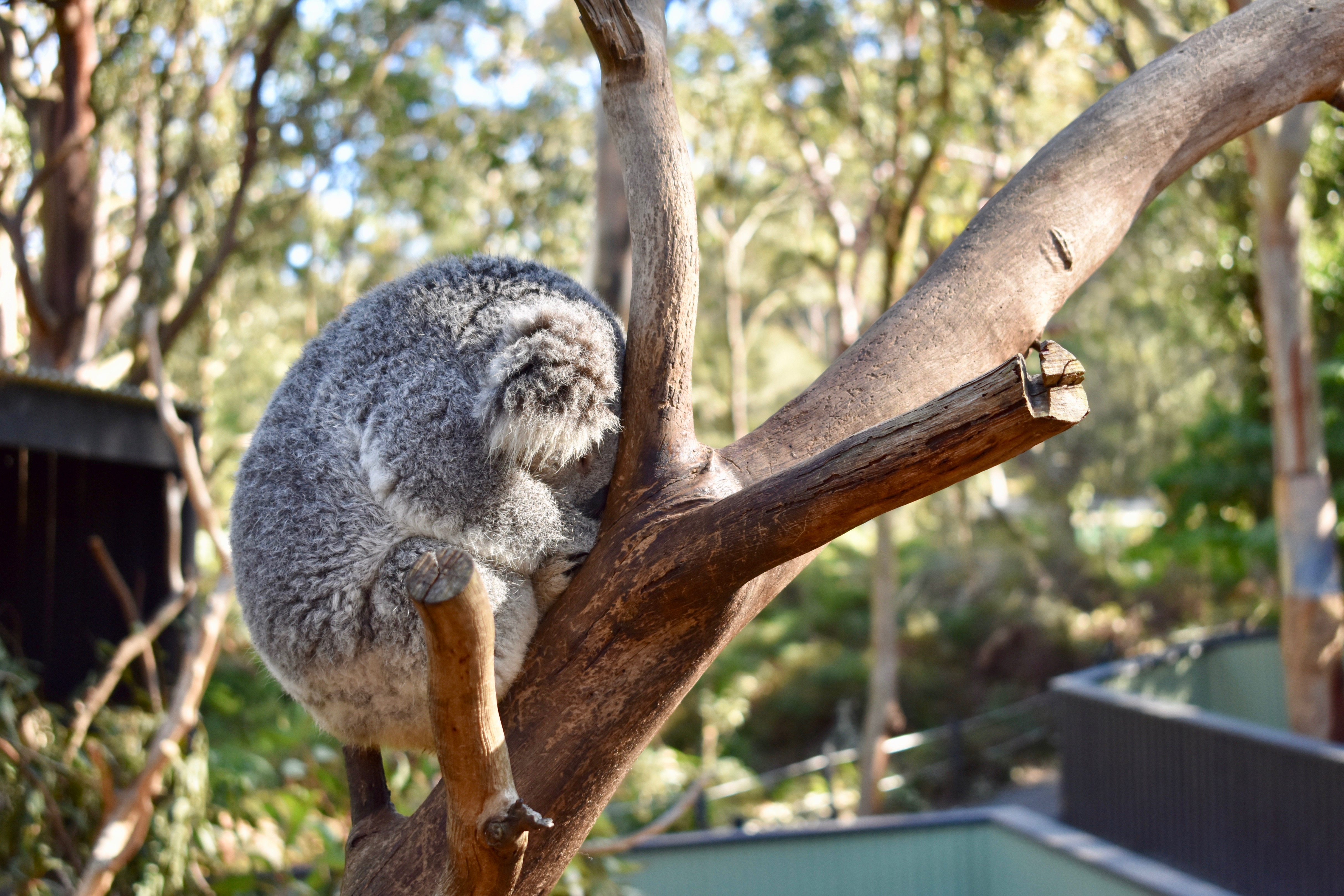STUDENT EXPERIENCE: AUSTRALIA
 Monday, June 26, 2023 at 12:00PM
Monday, June 26, 2023 at 12:00PM Submitted by Vivian Lee, Cornell University
Vivian Lee (she/her) is a third-year veterinary student at Cornell University’s College of Veterinary Medicine interested in conservation medicine and aquatics!
"Imagine getting to work with stingrays up to 300 kg, dozens of penguins, and one of the rarest sea turtle species in the world. I am extremely grateful to say I was able to do that this winter break while doing an externship with The Aquarium Vet in Melbourne, Australia. The Aquarium Vet is an Australian-based company that is dedicated to advancing the health and welfare of aquatic animals in aquariums and zoos globally. They offer aquatic veterinary consultation services and are the creators of several online E-quarist courses and the E-lasmo virtual conference, in addition to a few other services offered.
I applied to this externship back in January 2021 when I was a first-year veterinary student during the COVID-19 pandemic and reserved my placement for January 2023, with high hopes that Australia’s borders would soon open again for international travel. The Aquarium Vet’s team is led by Dr. Rob Jones, a well-known shark expert, and has several other contracting veterinarians including Dr. Brett De Poister, who regularly provides veterinary services for SEA LIFE Melbourne Aquarium and whom I primarily worked with during my rotation.

This was my first time traveling to Australia and first international veterinary experience, and I’m happy to say it was an unforgettable experience that I will cherish for years to come. While my rotation was only two weeks, every day was filled with exciting procedures and new things to learn. SEA LIFE Melbourne Aquarium is home to Shipwreck Explorer, a 2.2 million litre oceanarium that has a wide array of sharks, stingrays, groupers, and more. As this exhibit is undergoing constribution in a few months, all of the animals currently in the exhibit will be transported to nearby aquariums and facilities. One of my primary tasks during the rotation was to assist with barb trimming procedures of the stingrays, some which were southern stingrays (Hypanus americanus) that weighed up to 300 kg. I was mainly in charge of anesthestic monitoring, but also had the chance to draw blood from a spotted eagle ray (Aetobatus narinari) and work on my blood smear technique.
One of the other cases I worked on was a king penguin (Aptenodytes patagonicus) that had a history of seizures and torticollosis that was previously being managed well. Due to a possible environmental trigger, the torticollosis returned and so I was able to observed how this was managed and help with re-check examinations. Certainly one of the greatest experiences I had was with one of their flatback sea turtles (Natator depressus), who needed an endoscopy procedure and my role involved intubating and monitoring anesthesia during this procedure. Other tasks involved doing necropsies on several fish and acclimating fish into a newly renovated exhibit.
As you can see, these two weeks were filled with many incredible clinical experiences! One of the main surprises I learned while living here was the work-life balance in Australia, which is much better than the United States. Every workday we had a mandatory coffee break, and all the employees were out of the aquarium by 3:45pm unless there was an emergency. It was really eye-opening to see how it impacted the quality of life for employees, and how much closer co-workers were to each other because of these simple lifestyle changes.

I was personally very happy with this balance, because I was able to go sightseeing on my days off. I went on two group tours, one of them being the Great Ocean Road Tour, where I witnessed Australia’s breathtaking coastline with pristine beaches, rainforests, and the 12 Apostles. On my last day off I did a two-island tour, first visiting French Island National Park, a hidden treasure of wilderness that has one of the largest populations of wild koalas. Afterwards, we headed to Phillip Island, where we spotted many wild wallabies, kangaroos, echidnas, and of course, the iconic little blue penguins. Witnessing the daily Penguin Parade was one of the most incredible experiences, and I am so grateful that I was able to admire the native wildlife that Australia has to offer.
Overall, this experience was extremely eye-opening and I learned a ton about international aquatic veterinary medicine. I would definitely go back to Australia in the future if I could, and highly recommend all veterinary students to take on an international experience if they can! I’d like to thank The Aquarium Vet for hosting me, especially Dr. Brett De Poister, and SAVMA’s International Veterinary Experience Committee (IVEC) who provided me substantial funding for this trip through their International Veterinary Experience Scholarship."
 Aquatic medicine,
Aquatic medicine,  Australia,
Australia,  Conservation,
Conservation,  IVEC,
IVEC,  student experience in
student experience in  Experiences
Experiences 


